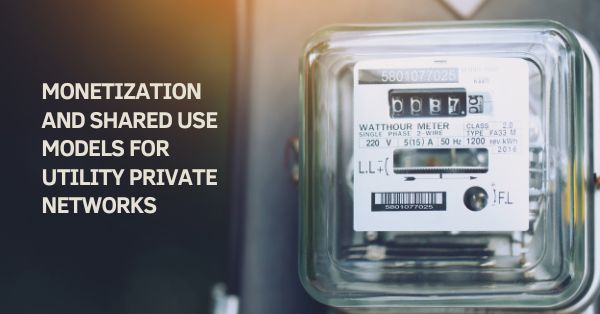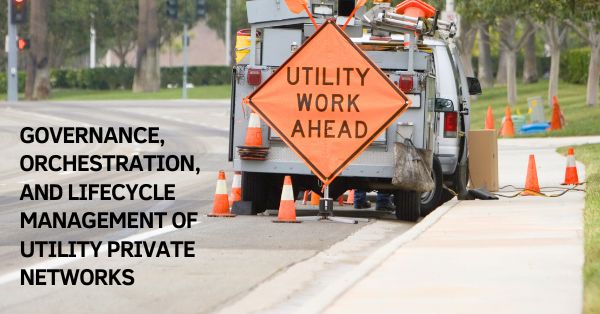The dispute between the Federal Aviation Administration and Verizon and AT&T over ultra-fast 5G C-band deployment at airports potentially disrupting aircraft altimeters is drawing to a close. On Friday, the FAA announced a settlement agreement on new measures that will allow for even more 5G towers to operate safely around major airports. The agency stated that it had received “more accurate data” from the carriers.
FAA statement approving 5G towers around airports
FAA said in the statement, “It appreciates the strong communication and collaborative approach with wireless companies, which have provided more precise data about the exact location of wireless transmitters and supported the more thorough analysis of how 5G C-band signals interact with sensitive aircraft instruments.”
The Federal Aviation Administration utilized this information to establish that “safely and more precisely map the size and shape of areas surrounding airports where 5G signals are mitigated,” minimizing the areas where wireless carriers are delaying their antenna activations.
“This will allow the wireless carriers to safely turn on many more towers as they deploy 5G service in major markets across the United States,” it added. “The FAA continues to work with helicopter operators and others in the aviation community to ensure they can safely operate in areas of current and planned 5G deployment.”
CTIA welcomes the FAA decision for C-Band near airports
CTIA, an industry association, welcomed the news. Verizon and AT&T deferred their comments to CTIA. Nick Ludlum, SVP/chief communications officer at CTIA, said, “This is a positive development that highlights the considerable progress the wireless industry, aviation industry, FAA, and FCC are making to ensure robust 5G service and safe flights.”
FCC auctioned C-Band to Verizon and AT&T
Last year, the FCC authorized Verizon and AT&T to acquire a C-band spectrum in a public auction after determining that a 220-megahertz guard band was enough to safeguard aircraft altimeters. The C-Band bandwidth provides better reliability and speed. But, FCC was thrown under the bus when the FAA and airlines protested about C-band.
FAA & Airlines aircraft safety concerns
However, the FAA and airlines maintained that this was insufficient to ensure aircraft safety. AT&T and Verizon argued that the safety of their customers was not at risk, while the airlines, airports, and FAA had months to work through these issues and potential technical difficulties. They also agreed to various mitigation measures, including lowering the transmission power of all 5G towers and mothballing some towers around airports.
Verizon & AT&T agreed to delay the C-Band launch multiple times
In November, AT&T and Verizon agreed to postpone their commercial C-band-based wireless services by a month to allow the FAA time to analyze any aviation safety concerns. The carriers subsequently delayed their operations again, pushing them back to January 19. However, neither airlines nor FAA was prepared for that either, claiming that the country’s commerce would “grind to a halt” if the C-band deployments were allowed to proceed as planned.”
Verizon & AT&T deploys C-Band with buffer zones in specific cases
Finally, on January 19, 2019, Verizon and AT&T launched their C-band. However, they delayed services around designated airports, providing up to 2 miles buffer zones in specific scenarios.
On Thursday, the FAA released an Airworthiness Directive (AD) that amends the landing needs for Boeing 737 MAX aircraft at airports where 5G interference may occur. According to the agency, the collaboration between the FAA and wireless firms allowed it to clear 90% of the country’s commercial aircraft fleet, including the Boeing 737 MAX, for most low-visibility approaches in 5G deployment.
FCC Chairwoman, Jessica Rosenworcel’s statement
The FCC Chairwoman, Jessica Rosenworcel, released the following statement: “I am pleased to see that the FAA is starting to roll back some of the protections it requested for aviation technologies, based on sound science and engineering principles. There is more work to do, but continued collaboration, information sharing, and a recommitment to science will help confirm what we already know: that 5G deployment can safely co-exist with aviation technologies in the United States, just as it does in other countries around the world.”




























